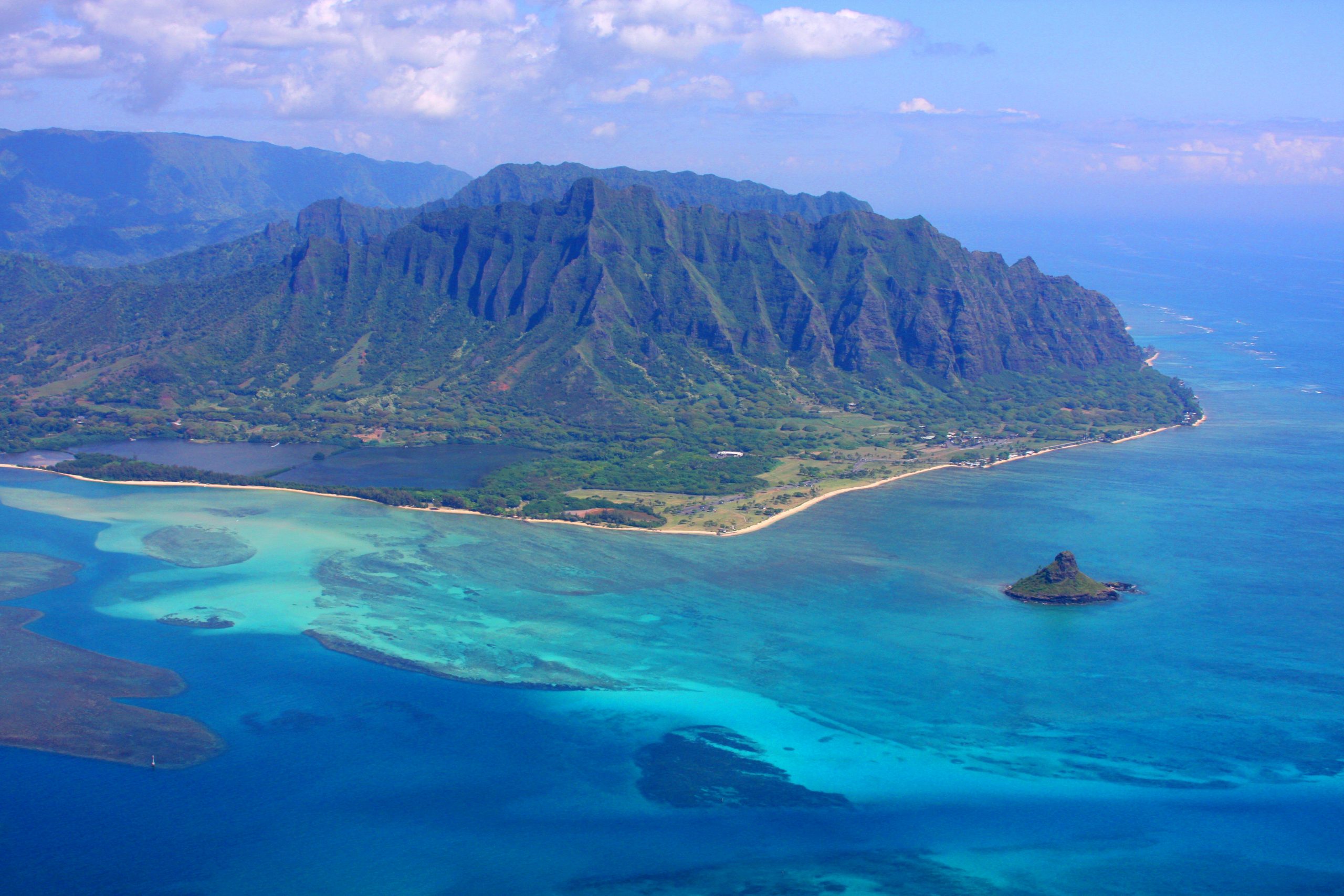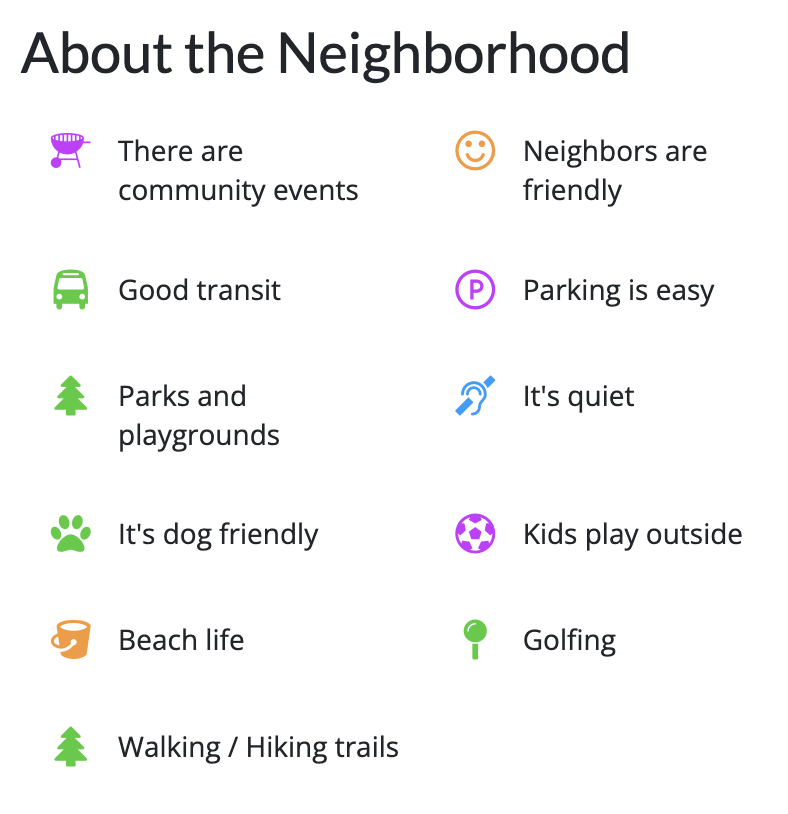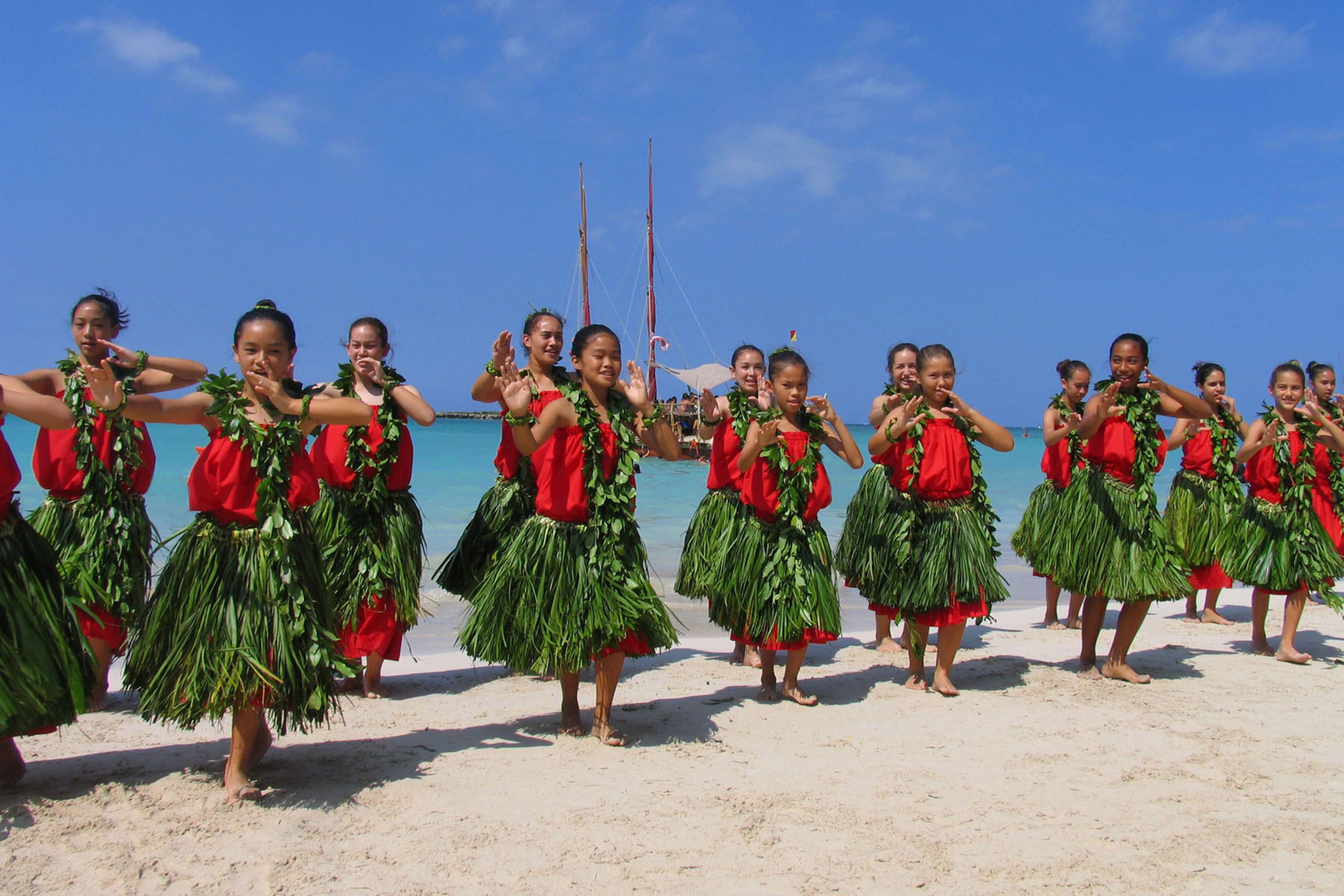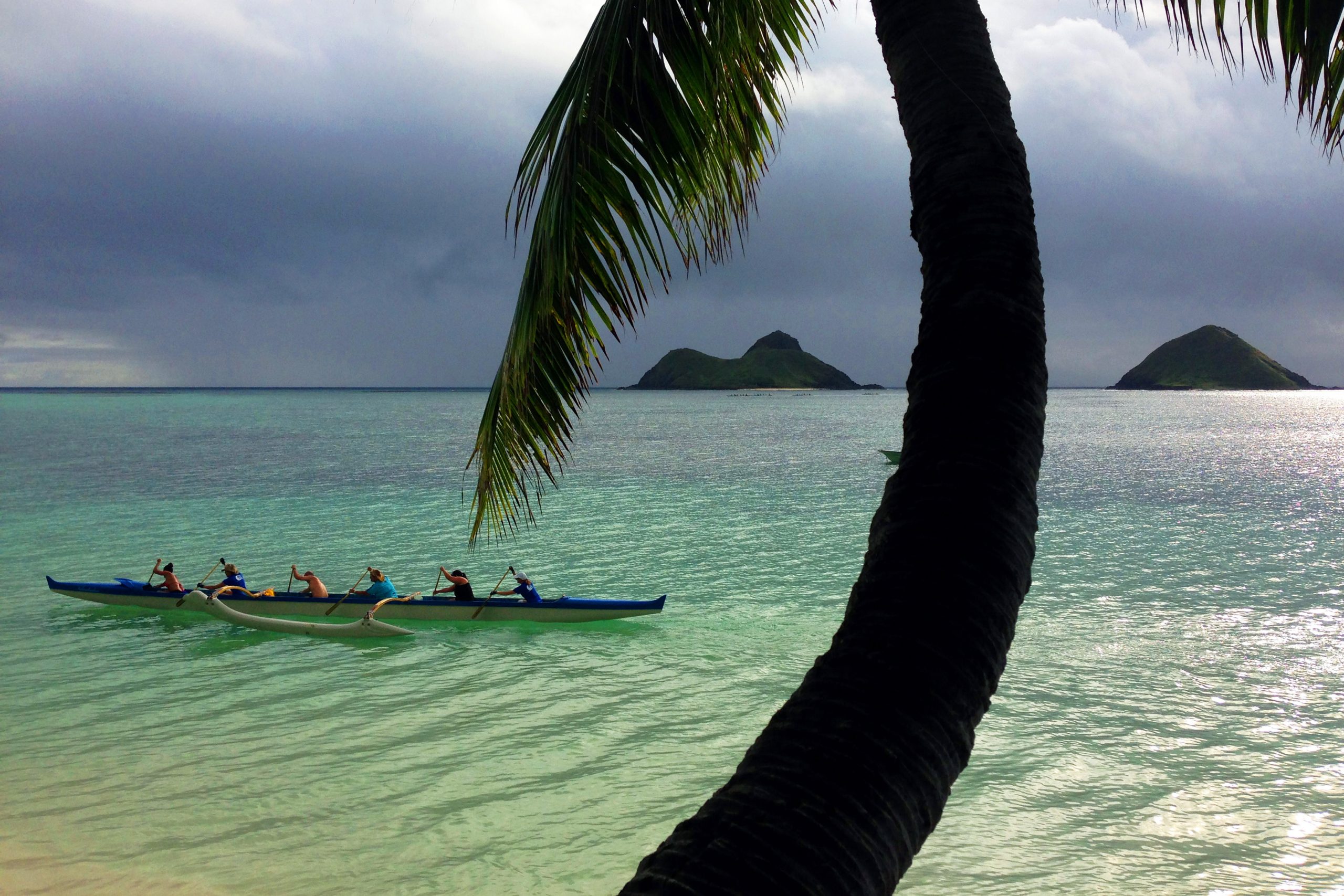Windward Coast


Magical. That’s how I describe the Windward Coast in one word. The eastern, or Windward side of the island is wetter and cooler, resulting in the lush, tropical beauty for which Hawaiʻi is so famous. The Windward Coast comprises bucolic towns dotted along the shore, from Waimānalo at the south-eastern side of the Oahu, to rural Hauʻula, a country community on Oʻahu’s north-east coast, just before you officially transition into the North Shore. A visit to the Windward Coast unveils the allure of Oʻahu’s laid-back, no-worries lifestyle, with stunning vistas serving as backdrop.
The Windward Coast holds a special place in my heart. When my family first moved to Oʻahu in 1959—the same year Hawaiʻi became a U.S. state—we lived in Kāneʻohe. In fact, my parents still live there! The town is tucked in between the dramatic Koʻolau mountain range and the scenic Kāneʻohe Bay, offering residents never-ending panoramas. I still call the Windward side of the island home, and live in Kailua with my husband Mike.Adjacent to Kāneʻohe, Kailua has transformed from a sleepy neighborhood to a buzzing beach town with a destination dining and boutique shopping. We are still perhaps best known for having some of the world’s best beaches, including Lanikai and Kailua beach parks, each with powdery white sands and serene turquoise waters.
Driving along the two-lane Kamehameha highway is great way to take in the splendor of the Windward Coast and experience authentic Island life. Along the way are wonderful gems such as a botanical garden, a peaceful Japanese Buddhist temple and a rugged ranch. One such hidden gem is the Hoʻomaluhia Botanical Gardens. In Hawaiian, hoʻomaluhia means “a peaceful refuge.” That’s a fitting name for these rolling 400-acre gardens, framed by the Koʻolau Mountains. Hoʻomaluhia Botanical Gardens provides a pleasant escape from Oʻahu’s urban core and delightful place to enjoy the island’s outdoors. The verdant gardens feature plants from Hawaiʻi, Polynesia, Melanesia, the Americas, India and Africa. Hoʻomaluhia Botanical Gardens were designed in 1982 by the U.S. Army Corps of Engineers to provide flood protection for Kāneʻohe. One of the best parts is the 32-acre lake—from which you can do catch-and-release fishing—enveloped by sprawling lawns, perfect for picnicking.
Not far from these gardens is the Temples Memorial Park. That’s where the Byodo-In Temple is located. The Byodo-In Temple is a full-size, intricately crafted replica of a 900-year-old temple in Uji, Japan. In addition to this stunning red temple, the manicured grounds also feature a koi pond, a five-foot high, three-ton brass bon-sho, or sacred bell, cast in Osaka, Japan, and a nine-foot tall, gold-lacquered Buddha resting atop a lotus.
From here, Kamehameha Highway snakes past Kualoa Regional Park, revealing the offshore islet, Mokoliʻi, also known as “Chinaman’s Hat” in the distance. Just past the park is the storied Kualoa Ranch. The ranch is owned and maintained by a sixth-generation Oʻahu family. Kualoa Ranch is part working ranch and part tour and activity center, featuring ATV and horseback rides, kayaking, ziplining, farm-to-fork tours and movie sites tours. Fan-favorites like “Jurassic Park,” “50 First Dates,” and “Lost,” have all been filmed at Kualoa Ranch!




